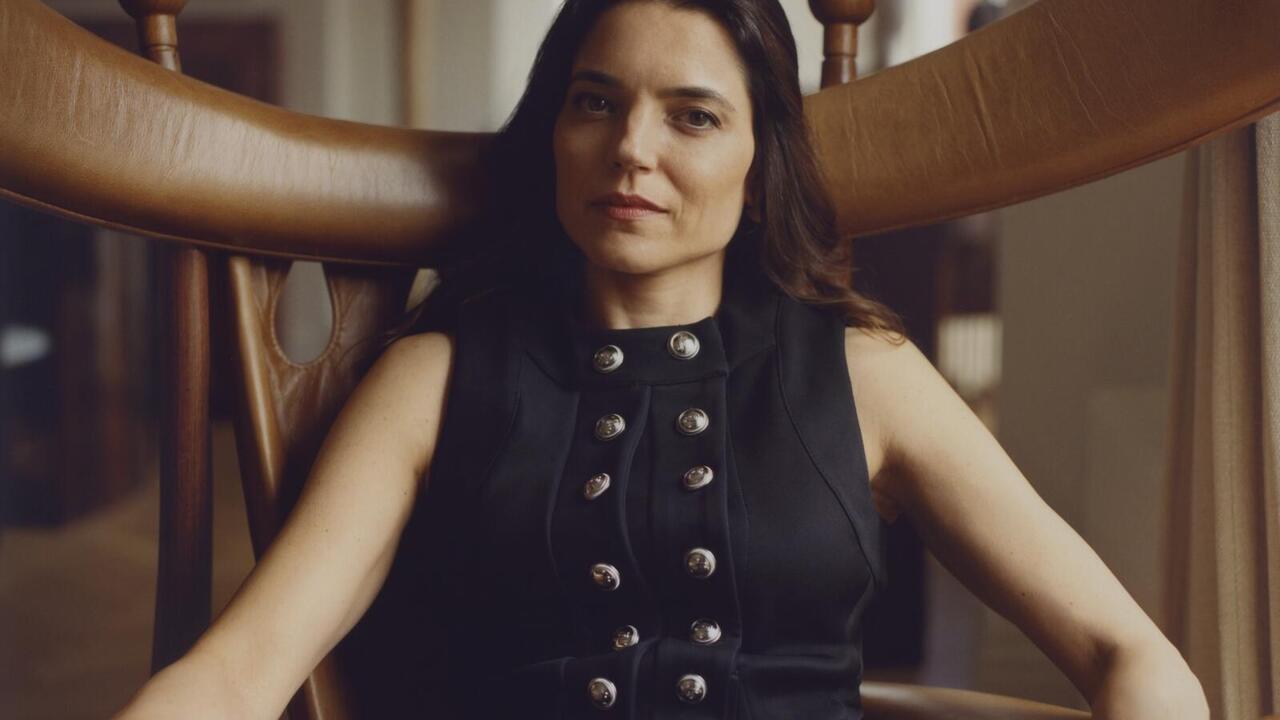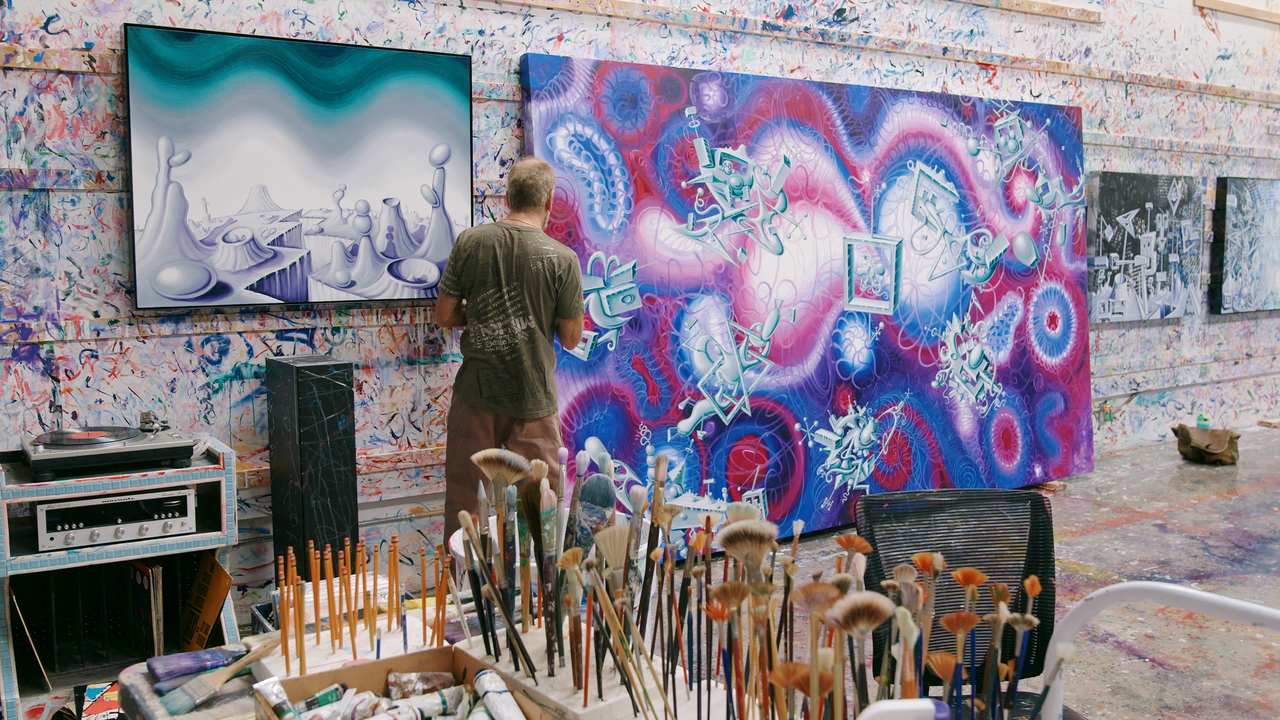Whose Life is it Anyway?
Evaluating the position of biography in art criticism
Evaluating the position of biography in art criticism
In recent years, the status of biographical information in art criticism has become far from certain and at times fiercely contested. While Harold Rosenberg argued in 1952 that 'a painting is an act that is inseparable from the biography of the artist', Clement Greenberg was developing a form of criticism whose explicit aim was to purge any such 'supplementary' material. There is clearly some suspicion of the form because of its populist associations and money-making potential, but higher-minded doubts about its theoretical or methodological 'legitimacy' also exist. Although we may have learned from recent critical theory to be wary of 'biography' - of the empirical and the narrative, of chronology and of terms like 'origins' and 'causes' and humanist concepts like the 'self' - the biographical as a mode of thinking retains a tenacious grip on the imagination of both writer and reader.
At one level, the biographical form persists as a kind of common sense art history. If art is concerned with self-expression, that 'self' might best be revealed in terms of its own history. Even without a commitment to self-expression, biography has proved itself to be a highly convenient form of address, irresistible, for instance, to television. Always more at home with people (or personalities) than objects, TV would surely have invented the biography-of-the-artist if Vasari hadn't got there first.
Recently, a South Bank Show feature on Christian Boltanski entirely avoided mention of any other artist. Instead it accounted for his work solely in terms of his personal and family history, a history which, I had always understood, the artist had deliberately mythologised to the point where truth and invention became indistinguishable. Another programme, which included a review of Damien Hirst's work, spent more time interviewing his mother than any one else (admittedly she turned out to be the star of the show) and again, mentioned no work which wasn't Hirst's own. The implication, intentional or otherwise, was that this work, like Boltanski's, emerged entirely sui generis, unmediated and free of precedent in art history.
It's true, though, that not all biography is of this type: in some ways it has been invested with incalculable new theoretical significance, thanks largely to psychoanalysis. As Richard Rorty said, it was Freud who 'helped de-divinise the "self" by tracking conscience home to its origin in the contingencies of our upbringing'. In practice too, biography has been lifted to new levels of complexity by writers such as Richard Ellman whose 900-odd page James Joyce, first published in 1951 and revised in 1982, has become a bench mark of serious biographical writing. In the last few years, in addition to a growing list of writers, politicians and philosophers, a number of 20th century artists have come in for this type of exhaustive treatment. If volumes two, three and four of John Richardson's A Life of Picasso are anything like the first volume (1991), the whole lot will weigh in at over 2000 pages. Steven Naifeh and Gregory White Smith's Jackson Pollock (1989) and James E.B. Bresslin's Mark Rothko (1993), at 934 and 700 pages respectively, are the other two contenders in the field and look positively compact by comparison.
Each of the latter two books discusses the life and work of their subjects in extraordinarily scrupulous detail. Both start in a similar fashion: by describing an incident late in the artist's life in which, by then famous and successful, he seems to be undergoing some profound moral or psychological crisis. But there the similarities end. In Jackson Pollock the authors use a kind of crude psychological determinism to explain their subjects' inner drives. They make claims for certain key childhood experiences determining what the young Jackson would become, suggesting that in 1940, by which time Pollock has encountered Jungian symbolism, American Indian art, Surrealism, and above all Picasso's Guernica, the bull image which crops up over and over in his drawings is really 'the bull that overturned his mother's buggy' when he was a toddler. The point, of course, is not that childhood traumas have no importance in later life, but that such incidents are given significance almost to the exclusion of other kinds of experience: forms of abstract art are interpreted as if they were a slowly developed photograph of a 40 year-old event, unmediated by the processes of representation and the experience of art.
By contrast, Bresslin's Mark Rothko not only does much to restore credibility to biography as a form of history writing, but also helps to illuminate some of the limiting conventions that have shaped many recent socio-historical accounts of (for example) Abstract Expressionism. Bresslin's is a far more cautious, reflective and complex discussion of the artist and his work. Unlike Naifeh and White, this author does not treat 'Mark Rothko' as a clearly defined metaphysical essence which once established must remain a constant throughout the narrative. One of the main arguments against biography is that it invariably presupposes such a metaphysic, and Bresslin demonstrates that this is not inherent in the form. While Bresslin characterises Rothko's mature paintings as a series of abstract conflicts which might be momentarily resolved on the canvas surface - if not elsewhere - he stops well short of saying that this is what the works 'mean'.
What Bresslin's account is able to achieve is a sense of the layering and intermeshing and sheer collision of diverse elements out of which things (lives, selves, works of art, etc.) are made. One of the best examples in the book concerns Rothko's acceptance and subsequent cancellation of the 'Seagram Murals' commission. The focus of the discussion shifts between an account of Rothko's high-minded aspirations (the aim to create a cathedral-like environment), his doubts (knowledge that he was decorating 'a place where the richest bastards in New York will come to feed and show off'), and the actual circumstances of the project (this particular 'cathedral' was designed for a firm of ex-bootleggers by an ex-Nazi-supporting architect). The passage includes accounts of Rothko's reading of both Kierkegaard's Fear and Trembling and the Four Seasons restaurant menu. The point is that both texts were relevant to the development of Rothko's work at the time. The discussion offers no judgement of Rothko's actions, nor does it pretend fully to explain his motives. What Mark Rothko provides is a speculative and incomplete picture of the intricate web of contingencies and contradictions that made 'Mark Rothko' a possibility.















